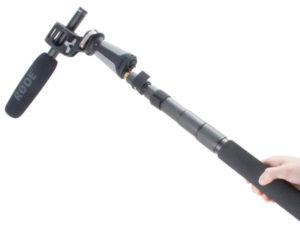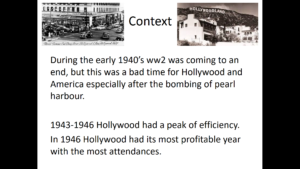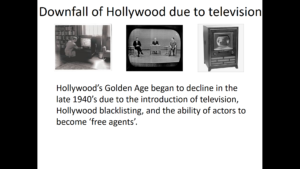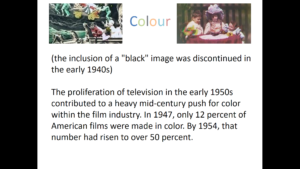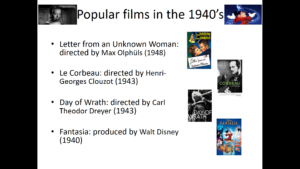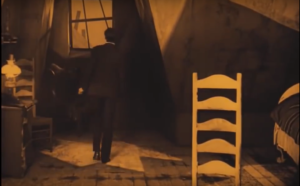Clip – sound editor – escape action
Only one character used – protagonist chased from unseen force presumably another person or external threat
No clear character used to give chase, to add suspense and tension by not giving away too much. Makes plot more mysterious and intrigues audience
Character bio
Name – unknown, no reference to name or anything identifying him. Implies that he is on the run, so little known personal information is assumed to retain anonymous
Age – late teens, early twenties. Again; little is known, but his age is implied from his build and stature
Traits – mysterious, fearful, ambiguous
Motive – to escape whatever, or whoever is chasing him
Casting
I have decided to cast a friend, Aleksander in this role. For one, he understands the role I have explicably described to him. After discussing the role, I think he would fit the mysterious character of which dominates the short clip because understands the potential and drive that needs to be shown
Visually, there are no specifics in regards to how I want the character to look. Tall, and mysterious should be important in representing the ambiguity within the film
Since we do not know much about the character it is vital that the physical look represents the traits explained above. As little is known about the character, it is down to him to express the fear, paranoia and mystery which are the important traits displayed by the main and only character I conceived for this piece

In regards to finding a backup, should he not suit the role; it would not be particularly difficult to find someone who could portray such a vague character
Despite the complexities hidden behind the characters’ anonymity, the versatility of the characters’ look, allows for me to adapt my perception of how the character should visually appear
As a result of this, actors should not be difficult to find because they are no physical traits which make the character stand out that could make casting difficult
It could be possible to adapt the character to a female as there is little information given about his backstory which builds an interesting and mysterious narrative

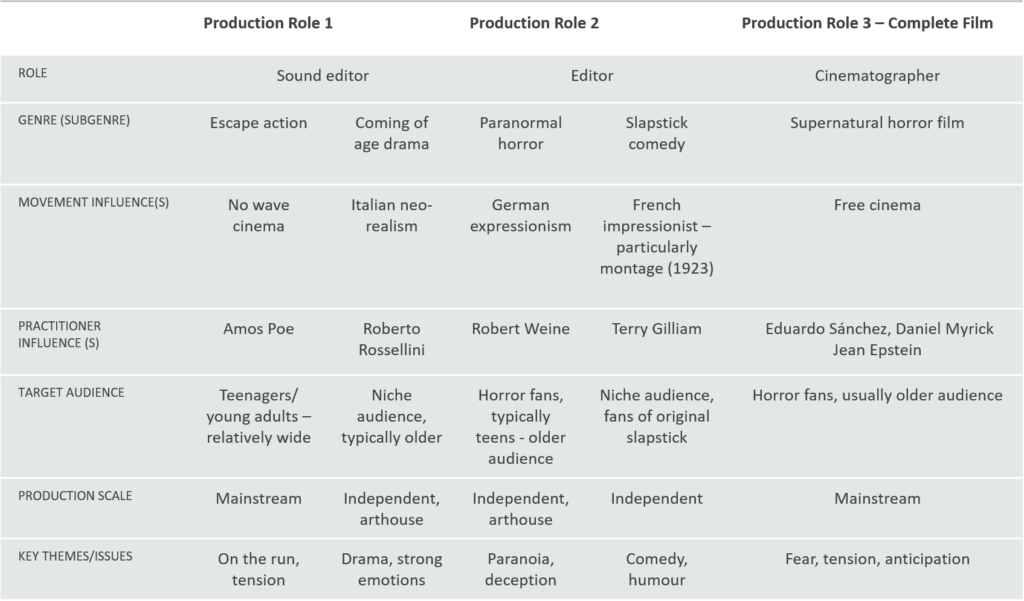
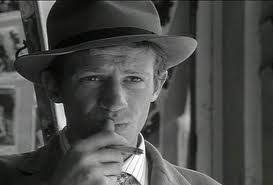 Breathless is a film directed by Jean Luc – Godard in 1960. It is a film which was part of the French New Wave film movement. The film was filmed in Paris on sight. This was because breathless had a low budget, around £15,000, which is an extremely low budget for a film. Continuing with this theme
Breathless is a film directed by Jean Luc – Godard in 1960. It is a film which was part of the French New Wave film movement. The film was filmed in Paris on sight. This was because breathless had a low budget, around £15,000, which is an extremely low budget for a film. Continuing with this theme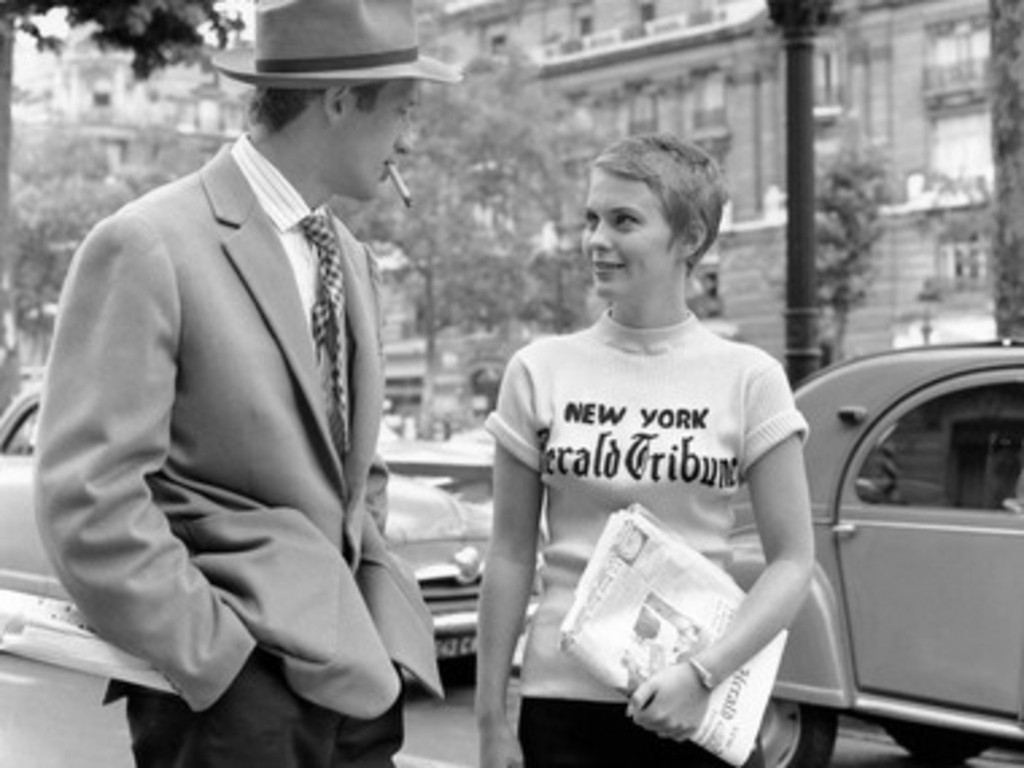 The idea of film Noir is a big idea in this film. From the black and white film reel, to the stereotype of a chain-smoking man in a suit and fedora. Both contribute to the Film Noir style. This film set the standards for Film Noir in the future, any other Noir Film you see will almost seem like or make references to this film. For instance, films such as Blade runner and a Touch of Evil depict dark world
The idea of film Noir is a big idea in this film. From the black and white film reel, to the stereotype of a chain-smoking man in a suit and fedora. Both contribute to the Film Noir style. This film set the standards for Film Noir in the future, any other Noir Film you see will almost seem like or make references to this film. For instance, films such as Blade runner and a Touch of Evil depict dark world
 ‘Strike’ is Sergi Eisenstein’s first full-length film, released in 1925. ‘Strike’ is a silent film about the workers at a factor
‘Strike’ is Sergi Eisenstein’s first full-length film, released in 1925. ‘Strike’ is a silent film about the workers at a factor As well as that, Eisenstein uses Montage in order to show multiple events that are occurring at the same time. For instance, when the workers are revolting against the factory, the shots we are shown keep switching between two of the workers having a fight with one of the owners, while we are also shown all the workers running out of the factory and becoming free.
As well as that, Eisenstein uses Montage in order to show multiple events that are occurring at the same time. For instance, when the workers are revolting against the factory, the shots we are shown keep switching between two of the workers having a fight with one of the owners, while we are also shown all the workers running out of the factory and becoming free. 